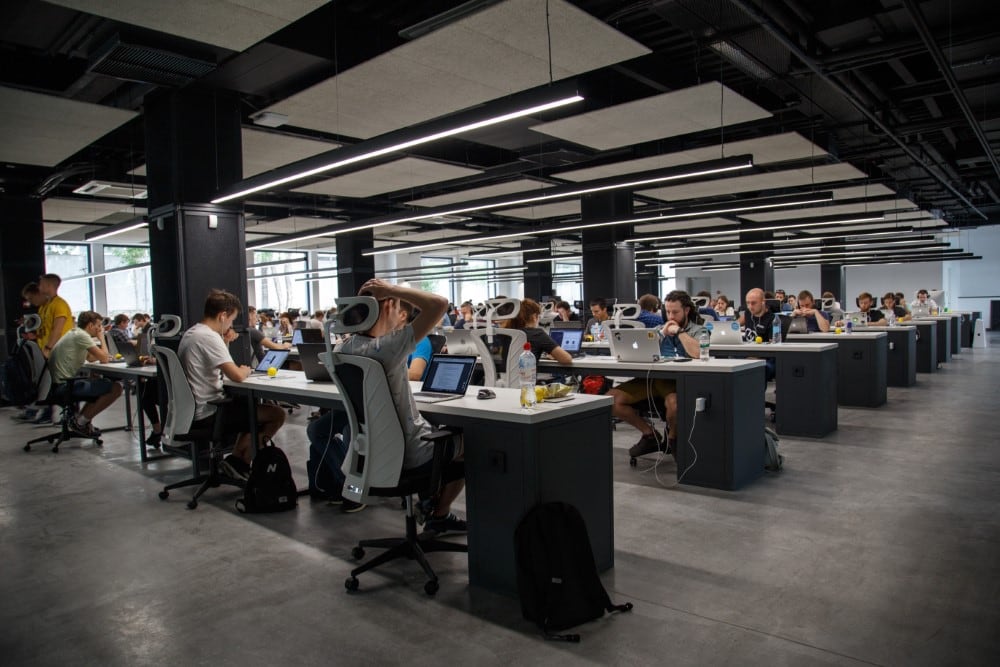
Experts recommended the use of standing desks and sit to stand workstations to stop the adverse effects of sitting for a longer time. Canadian Centre for Occupational Health and Safety or CCOHS provided fact sheets with answers to workplace health and safety. This will help workers, managers, supervisors, and the general public to be more informed about resolving workplace concerns.
SIT TO STAND WORKSTATIONS
Sit to stand workstations can be troublesome and counter-productive if not used properly. To avoid discomfort while working, either sitting or using the standing desk, workers are encouraged to avoid reaching the shoulder line and above the shoulder line. Sometimes, out of laziness, we tend to overreach beyond the point of comfort. This act is outright discouraged.
Canadian Centre for Occupational Health and Safety listed basic principles of good job design for standing work. It includes the following:
- Frequent change in working positions.
- Avoid extreme bending, stretching, and twisting.
- Pace work appropriately.
- Designate break time to relax.
- Provide information drive on proper work practices.
- The adjustment period is granted to workers after an absence from work. This will allow them to gradually return to a regular work pace.
BREAK TIME
Periodic breaks in between sitting and standing keep the energy up and high while working. It must be noted that break time allows the workers to relax tired muscles and to move around when muscles are becoming rigid. The movement created by muscles provide fresh blood and oxygen to the brain enhancing focus and getting things done on time.
Alan Hedge, director of Human Factors and Ergonomics research says that the implementation of regular movement for workers is the goal of organizing work. He suggested the 20 minutes sitting in a good posture, 8 minutes standing for sit to stand workstations and 2 minutes of moving such as stand, stretch, and walk.
FOOTWEAR GUIDELINES
Do's:
- Shoes that follows the shape of your foot.
- Shoes that provide a firm grip for the heel.
- Shoes with lace-up fastenings.
- Choose footwear according to the hazard at your workplace.
- Shoes that allow freedom to move your toes.
Dont's:
- Shoes that are too narrow or too shallow. This will result in pain and fatigue.
- Shoes that lack arch support. It causes flattening of the foot.
- Flat shoes.
- Shoes with heels higher than 5 cm (2 inches).
- Shoes that are too wide or too soft which can lead to. It can lead to instability and soreness.
It must be noted that a well-designed workplace is essential to healthy and safe work. There must be an administration of good work practices. These practices should keep employees comfortable, healthy, and productive and this will surely create an upbeat working relationship.





